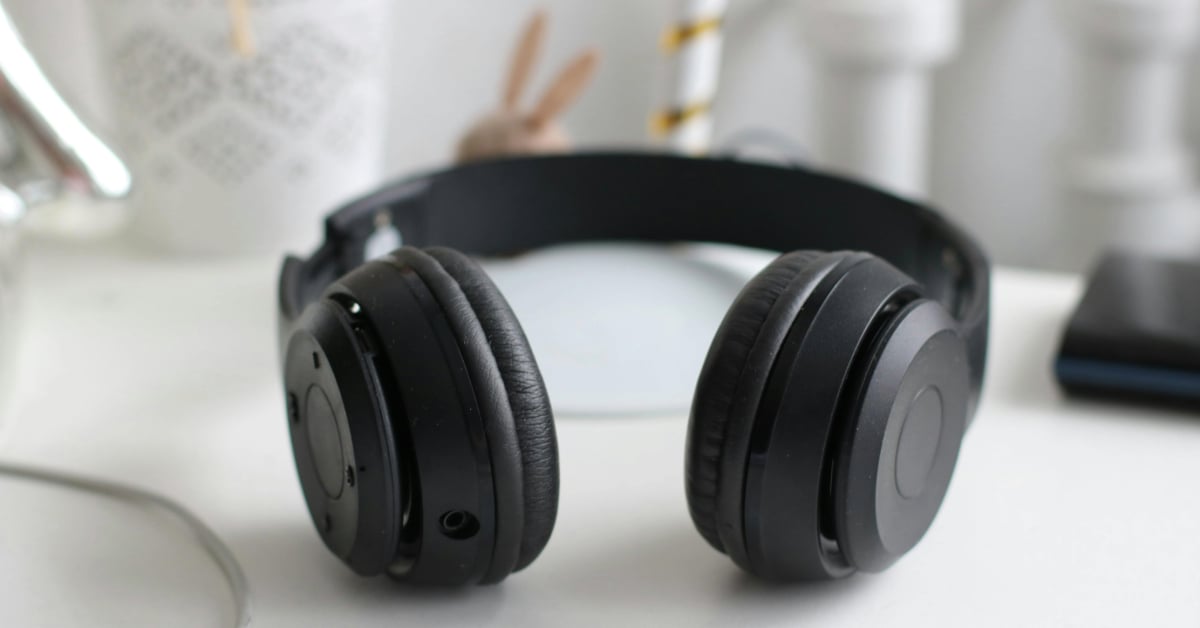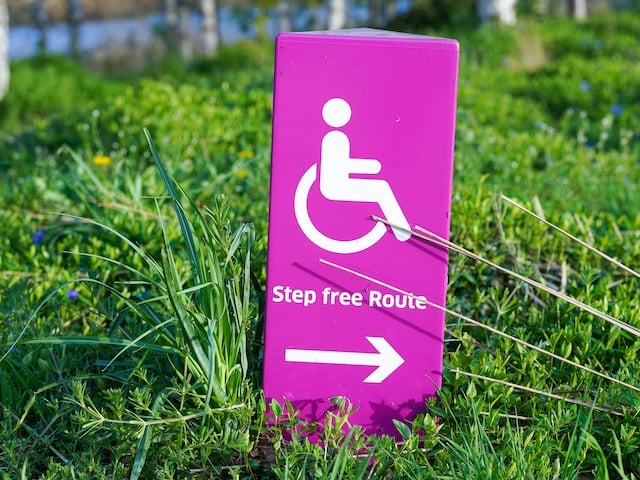Essentials
Simplecast Essentials
Independent Podcasters
Podcasting Essentials
Related articles:
Welcome to the world of podcasting! Like any industry, podcasting can be filled with a lot of jargon. RSS feeds, ID3 tags, IAB compliance–it can sound like a jumble of acronyms. If you’re just getting into podcasting, then you’ll need to know how these things relate to hosting your podcast and getting it set up. To help you navigate this, we put together an A-Z glossary of terms that cover everything you need to know about podcast hosting.
Apple Podcasts / iTunes
Apple Podcasts has been a game-changer in bringing podcasts to a wider audience. It’s the largest podcast directory on the market, and the Apple Podcasts app has over 50% of the market share out of all the podcast player apps. Apple’s podcasting platform is not used for podcast hosting, which means you can’t directly upload your episodes to its platform. Instead, to make your podcast downloadable on Apple Podcasts, you first need to find a podcast hosting site, create an RSS feed for your show, and then share that RSS feed with Apple Podcasts. To get set up, you'll also need an Apple ID. If you already have an Apple ID, we recommend creating a new one specifically for your podcast, because you’ll use it to access your podcasting portal with all your reviews and more.
Analytics
How do you know if people are downloading and listening to your podcast? This is where having a podcast host with robust data tracking capabilities comes in handy. For example, on Simplecast’s platform, we help content creators track everything from total episode downloads and listener geographic data to the most popular day of the week for people to listen to your podcast. We even created a new industry metric, Unique Listeners, to track individual listener devices which download or stream your show. Having detailed analytics will help you with tracking your show’s progress, providing detailed reports to team members or sponsors, and monitoring how marketing promotions are going for your show. It’s also important that you work with a podcast hosting website that has IAB compliant analytics (which we’ll cover in more depth later in this glossary).
Artwork
To host your podcast and eventually distribute it to podcasting channels, you’ll need compelling podcast artwork to represent your show. Spend some time creating your podcast artwork because an eye-catching design will stand out amongst a crowd of other shows and encourage listeners to click play.
Your podcast artwork should clearly display your show’s title and be free of any unnecessary clutter. For the best image resolution, try having dimensions between 1400 x 1400 to 3000 x 3000 pixels and download your file as either a JPG or PNG. Not a graphic designer? No problem, you can use a platform like Canva to easily put together your show cover.
Categories
How would you describe your show? This is what you’ll have to do when you select categories for your podcast. Podcast categories help podcast directories like Apple Podcasts and Spotify organize and display your podcast in the correct location. Podcast hosts, like Simplecast, make it easy to search through and select categories. Once you pick the categories that best reflect the content of your show, this information will be specified in your RSS feed for podcast distribution channels.
It’s important to note that Apple Podcasts has over a 100 categories to choose from and the competition within these categories is high. There are over 750,000 podcasts on the platform which means you need to be strategic with the primary and secondary categories you select for your show. As of 2018, Christianity, Comedy, and Music were the most competitive primary categories on Apple Podcasts.
Distribution
Distribution involves adding your podcast to podcasting networks and apps. You could manually add your podcast’s RSS feed to these channels, but you don’t have to if you have a podcast host. Your podcast host will help you save time sharing your latest episodes thanks one-click distribution.
Hosting
Once you create a podcast, where do you put it? On your website? Sure, but then how do people download it? This is where podcast hosting comes in. You can think of podcast hosting like hosting a website. In order for people to find a website it needs to be connected to a server somewhere. For a podcast, you need all the data about your podcast including the artwork, description, and audio file available to download. Podcast hosting allows you to store all this information in one place and provide this information to your listeners wherever they listen. So, if you’ve been wondering how to get your podcast on Apple Podcasts, using a podcast hosting site is one way to get started.
IAB Compliance
The Interactive Advertising Bureau, or IAB, is an organization that has worked towards creating a standard set of metrics to measure your podcast’s listening numbers. These standards were rolled out to improve accuracy amongst listening analytics and hold Download/Listen data to a higher standard. With podcasting becoming a more mature content platform, it’s important for content creators to have an accurate way of reporting podcast statistics. Standard metrics makes it easier to track success and legitimately show sponsors your podcast performance. Without IAB compliance, podcast metrics can be artificially-inflated which is why rolling out IAB standards on podcast hosting platforms is incredibly important for the industry.
ID3 Tags
Your ID3 tags are vital pieces of content that shows up with your podcast tracks. Some of this content includes the title of the podcast episode, the episode number, and the artwork. Setting up your ID3 tags will help you manage how your podcast is displayed on various devices and how it is identified by your audience.
The top tags to include in your podcast’s mp3 files are:
- Title (ID3 v2)
- Artist (ID3 v2)
- Album (ID3 v2)
- Year (ID3 v2)
- Genre (ID3 v2)
- Cover Art (ID3 v2)
- Feed (Podcast)
- Description (Podcast)
Podcasting Networks and Apps
If you’re interested in podcasting, chances are you’re familiar with podcasting apps. These apps are where listeners go to discover, download, and listen to podcasts. These apps include:
- Apple Podcasts
- Google Play
- Spotify
- Radio.com
- Breaker
- Deezer
- RadioPublic
- iHeartRadio
- Overcast
- Pocketcasts
- Stitcher
- Tunein
Promotion
With a good podcast hosting platform, it’s way easier for you to promote your show. Aside from easily distributing your show to podcasting networks, some hosting platforms also provide you with a personalized website to promote your podcast. For example, with Simplecast’s hosting platform, you can quickly launch a website optimized for podcasting search engine optimization (SEO), improving discoverability on search engines and the new Google Podcasts.
RSS Feeds
Your RSS Feed, or Rich Site Summary, is essentially a URL that automatically updates podcasting channels and subscribers with new information from your podcast. To distribute your podcast, you need an RSS feed and the easiest way to set one up is by getting started with a podcast hosting platform.
Social
Sharing podcasts on social media has proven to be a challenge for some content creators because social media platforms thrive on visuals rather than audio. The introduction of the audiogram has changed this though. An audiogram is way to share short snippets of podcast audio with striking visuals on social media, blogs, and messaging apps. If you use Simplecast to host your podcast, you and your listeners can easily create audiograms of your episodes using our tool, Recast™. Recast personalizes the audiogram experience and makes it easier for your shows to go viral on social media.
Get Ready for Downloads
Getting familiar with podcasting host is an important step and it’s going to take time. Once you get setup, you’ll be getting podcast downloads in no time! If you’re curious to start exploring your podcast hosting options, you can learn more about Simplecast’s platform and join our community of new podcast creators.


